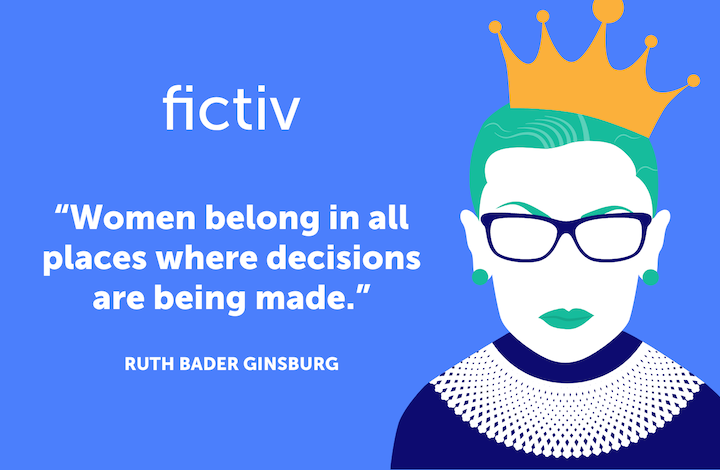Time to read: 3 min
Every day, we work with young hardware startups to help them bring new products to market. While there is no deficit of passion and motivation in these zealous hardware entrepreneurs, we do see them make mistakes from time to time.
Here are the 3 most common mistakes we see and strategies to avoid them so you can get to market faster, and with the right product.
Mistake #1: Over-Designing Products
In a first meeting with a new startup, the magnitude of passion and vision behind the product they want to build (that’s going to change the world!), often results in a product with way too many features and no clear roadmap on how to iteratively build those features.
To avoid this common pitfall you need to do 2 things:
- Design with intention and purpose: Create a requirements document for the product you want to build, which lays out a clear and prioritized roadmap for product development. A great structure for this is Mindtribe’s Product Nucleus.
- Iterate early and often: You need to recognize that you’re not going to get it right the first time. Expect that you will need to build a second working prototype, you will need to re-tool, and you’re going to print a ton of 3D prototypes before the form looks right. Plan for multiple iterations and don’t aim for perfect; aim for better. In the words of LinkedIn founder Reid Hoffman, “If you are not embarrassed by the first version of your product, you’ve launched too late.”
Mistake #2: Not Incorporating Feedback
The second most common mistake we see is when engineers and designers iterate quickly, but iterate in a vacuum. It’s not enough to follow your instincts when iterating on a design — you need to get your product into the hands of your users as soon as possible.
The structure for iterative prototyping with integrated feedback and testing is ETC: express, test, cycle.
- Express: Give just enough form to your idea that it allows you to gather useful feedback.
- Test: Test out the form and gather user feedback.
- Cycle: Repeat this process over and over again.
So before you even have a working prototype with integrated electronics, put your rough plastic models in the hands of users (SoundFocus has some great stories here) and find out how the product feels in their hands, what they think about the size and even the basic premise of the product’s potential utility.
Mistake #3: Not Optimizing for Speed
The third, and perhaps most detrimental, mistake we see startups making is not optimizing for speed in product development. As a startup, it’s important to be cost-conscious and stay on budget, but what most people don’t think about is the true opportunity cost of wasted time, which ultimately comes down to burn rate.
Too often the process of development looks something like this:
Engineer designs 3D model. Engineer orders 3D printed part. Engineer sits around and waits 3 (or more) days for 3D part to arrive. Engineer continues to iterate.
While that engineer is sitting around waiting for the 3D part to arrive, he’s getting paid $220 every day (based on an $80k annual salary)… to wait.
So the true cost of a 3D part here is really: (part cost + (lead time x daily burn rate)). Think about this next time you’re deciding whether to pay $50 for a part with 3-day lead time or $100 for a part with next-day lead time.
Similarly we’ll see startups who own 3D printers to help speed up their development cycles, not realizing how much time their highly-skilled engineers are spending cleaning parts, build beds and nozzles. Just because you can do it yourself doesn’t mean you should, so consider the cost of your, and your team’s, time.
In Summary
Don’t aim to design perfect products, don’t build in a vacuum, and iterate quickly.
The hardware industry is changing rapidly and more than ever it’s important to develop products with lean, agile teams, focused on moving quickly toward clearly defined milestones.

